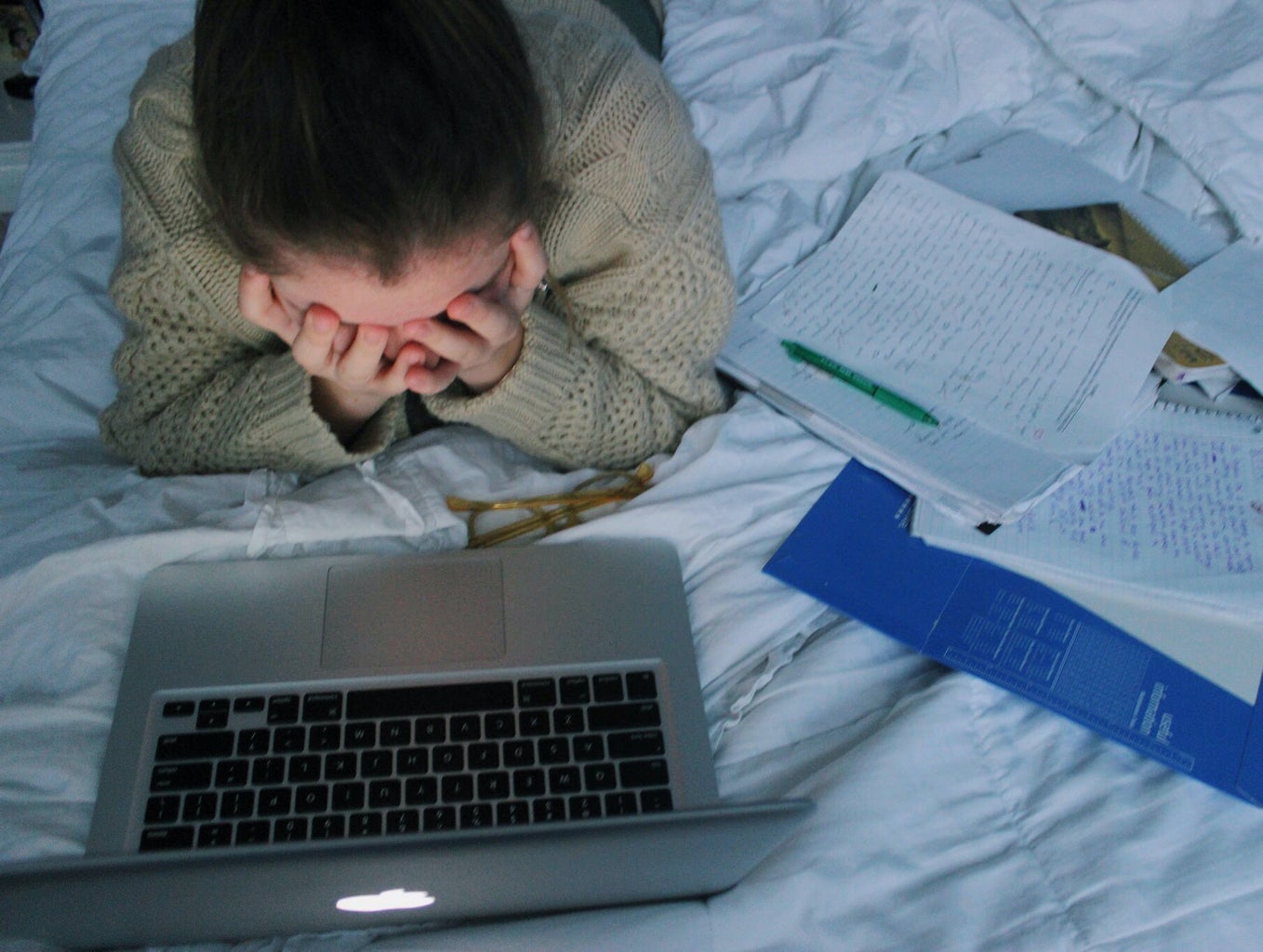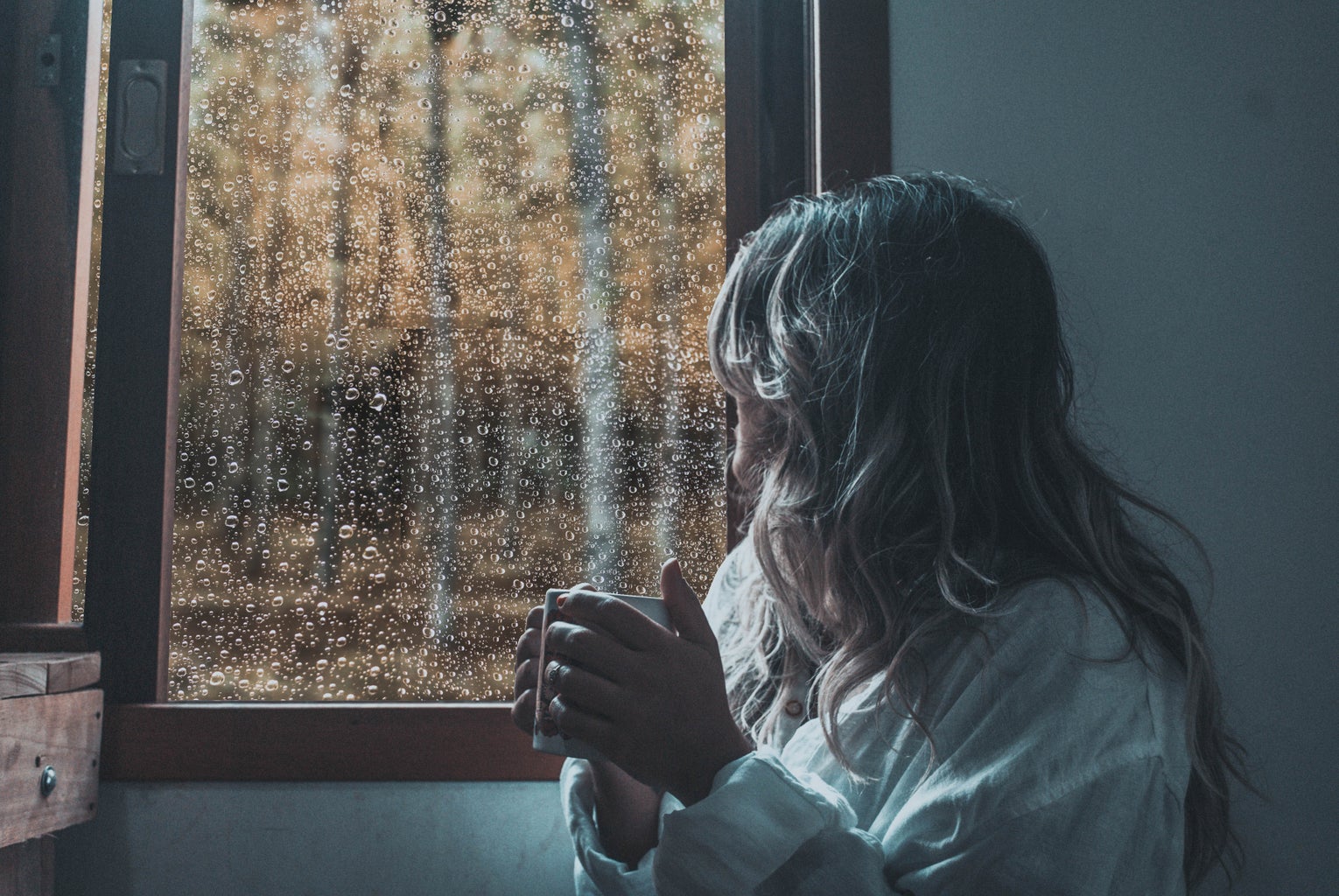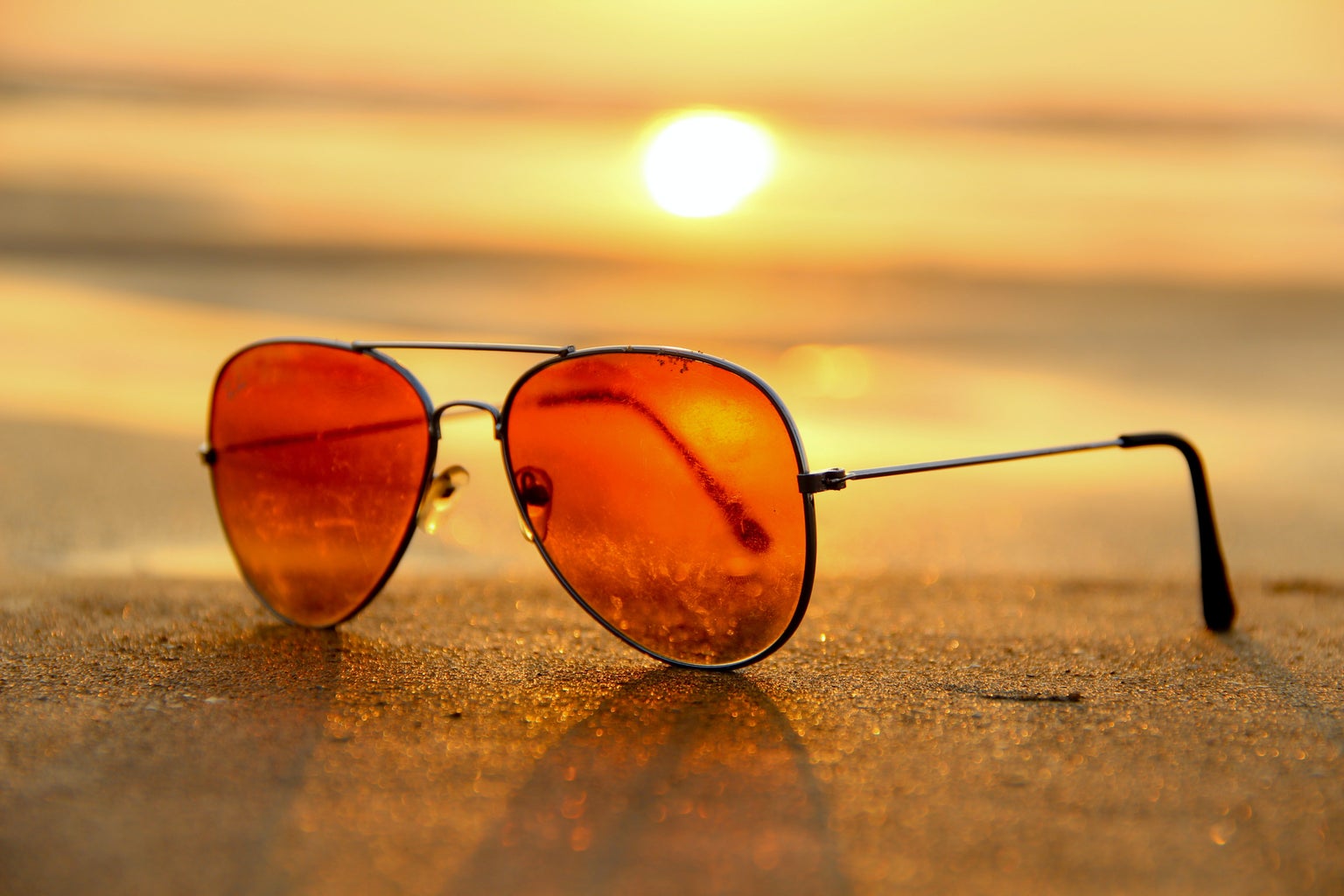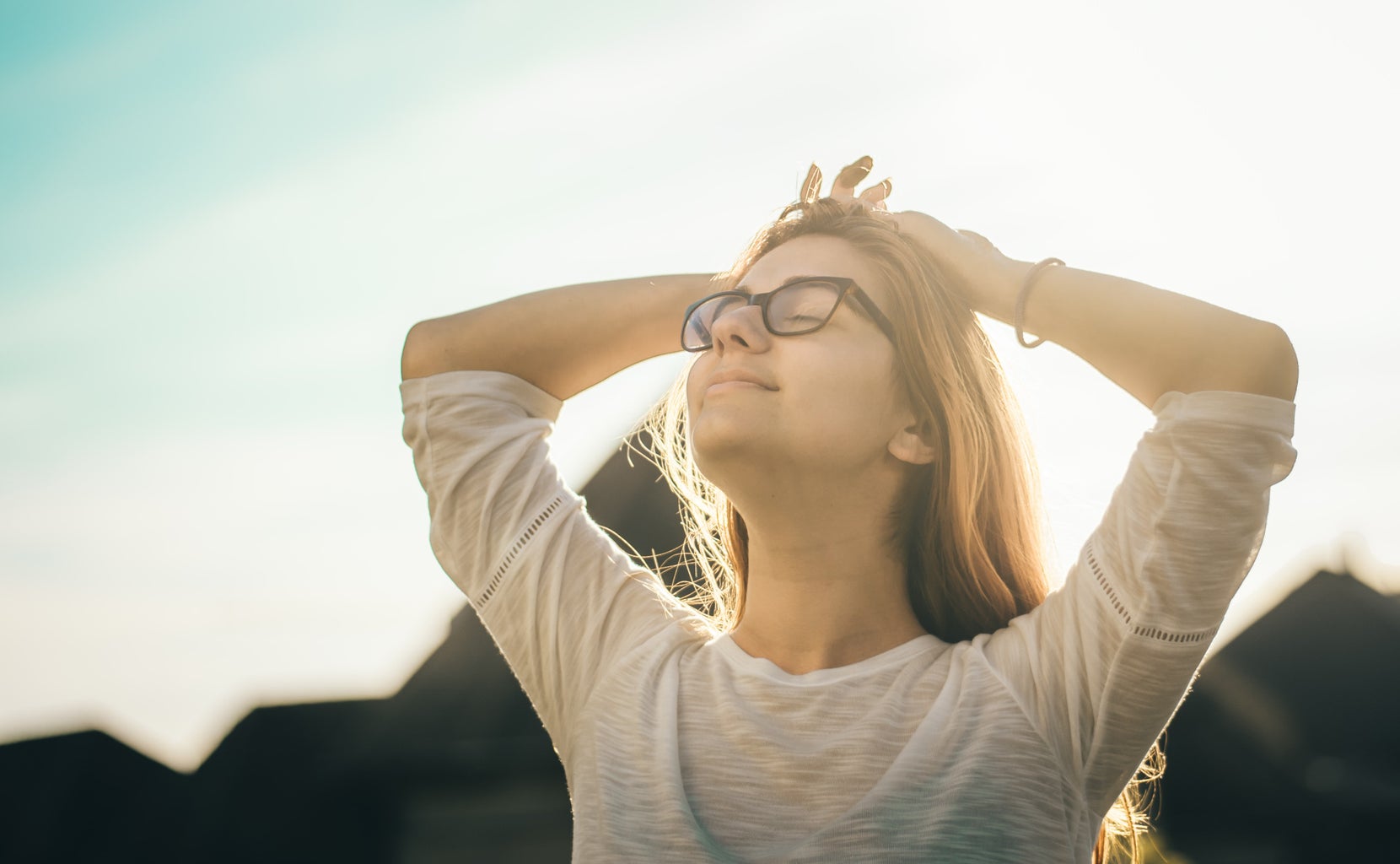All content within this article is from the author’s own personal experience. If you are experiencing severe headaches or migraines please speak to a health professional.
It can be really hard to be a student when you’re going from class to class exposed to different lighting, screens, and, if you have to be outside at all, the difference in temperatures. All of these, for many people like myself who get migraines regularly, add to the probability that today might be another day where you’re faced with a migraine that doesn’t want to go away. Aside from taking over-the-counter headache medication or any prescribed medications that you may have been given by your family doctor, below are ways that, at least for me, help keep my migraines at bay so I’m still able to go about my day!
What are migraines?
A migraine is a severe form of headache that is usually accompanied by symptoms before and during the headache that typically subside a few minutes to an hour after it ends. Sometimes they’re unavoidable, and sometimes they can be chronic. Personally, I have migraines with “aura” which is just a fancy word for saying that I can usually tell when a migraine is coming as my symptoms include blurred or speckled vision, numbness or tingling on the full left side of my body, and slurred speech, all of which keep me from leaving my house. With all of that said, migraines can range in severity. I think many would just assume that a migraine is just a headache, but in reality, it’s more than that. They’re an end to your great day and many plans and commitments that don’t only affect your head but also your whole body and the people around you. They demotivate you and, sometimes, scare you. Why? Because not every migraine hits at the same time, has the same severity, and comes on a certain day of the week, and for the same length of time.
some triggers & what to do
I’ve learnt from experience that there are certain things that trigger a migraine or make me, at least, more sensitive to experiencing a migraine that day:
the weather
If there are drastic changes in my environment, specifically the weather, I have a bigger cup of coffee in the morning, make sure I’m eating whole foods (the more anti-inflammatory properties the better), and sip on water all throughout the day. I also download apps like Barometer Plus and WeatherX Forecast as they’re useful for preparing for when the weather outside has a change of some kind coming up. During the time of a drop or rise in temperature or air pressure, what I find helps me is taking a nap; this makes it so that when I wake up, my symptoms aren’t as unbearable.
foods & drinks
As briefly mentioned, foods high in anti-inflammatory properties like whole food vegetables and fruits can really help manage migraine symptoms. Healthline‘s article titled “The 13 Most Anti-Inflammatory Foods You Can Eat” provides some examples of foods that will help protect your body against any inflammation-related issue. Just for reference, the 13 anti-inflammatory foods listed in the article are berries, fish, broccoli, avocados, peppers, mushrooms, grapes, turmeric, extra virgin olive oil, dark chocolate and cacao, tomatoes, cherries, and green tea! Foods that cause inflammation that I avoid or try not to overdo are junk food, refined carbs, trans fat, fried foods, processed meats, and sugary drinks.
So, as you might have realized, the article outlined above mentioned green tea is more so classified as a drink than a food item. With that said, there are other beverages that can really help with migraines as well. For instance, sometimes a cup of coffee helps me be migraine-free for the whole day! Or, I drink chamomile tea, which not only has anti-inflammatory benefits like green tea but also calms the mind if ever I’m feeling stressed or restless, which could be what’s causing or adding to my migraine!
brightness
This might come as a surprise to many, but for migraine sufferers, the brightness of any kind can bring on everything from a mild headache to a severe migraine. So, when I want to get out of the house to enjoy a sunny day, I wear sunglasses to protect my eyes from damaging UV rays. Moreover, when I’ll be spending a long period of time on my laptop or phone or watching TV, I wear blue light glasses. Or, better yet, I switch all of my electronic devices to lower brightness and go to its settings to change the display to “night shift”. That way, the blue rays from my screen won’t aggravate my eyes; this could lead to potentially having no headache whatsoever!
sleep and stress
Sleep and stress levels are big factors in keeping migraines within control. So, sticking to a schedule or routine could be a game-changer. Timing out my day where I’ll be getting everything done that I need to for that day without the worry of being faced with everything all at once, and even prioritizing mental health breaks to calm my mind and do something I enjoy doing for myself makes all the difference. Also, I prioritize my sleep—especially when I have a schedule-packed day of responsibilities and stress-filled duties. I’m not sure of the exact science behind how sleeping prevents migraines, but from personal experience, I can say that it really does work!

the air
Believe it or not, the air we breathe can bring on a headache and even a migraine. So, I stay clear of heavy air fresheners or perfumes as much as I can, and I’ve considered incorporating an air purifier in my home, too. Air humidifier and essential oils can be helpful, too. If I realize that I’m getting more migraines during the dryer months of the year, I use an air humidifier to add moisture back into the air; if that’s not working, an essential oil diffuser does the trick, too, and smells great! Saje actually has an entire headache section that features all of its headache relief kits, halos, and essential oil necessities—my personal favourites are the peppermint halo duo and headache relief kit.
clothing
Speaking of colder, dryer months, a way I’ve found to dodge any tension or pain in my head is to make sure that during the cooler months, I’m dressing appropriately. I kind of feel like a mom saying this, but it really is life-changing to wear a hood, a hat, or a scarf during the colder months to protect yourself from strong cool winds and drastic changes in temperature from being inside to the outside in the freezing cold.
all in all
This article’s intention is to spread awareness of migraines as I for one know what it’s like to have them and not know where to start in preventing and treating them. With that said, I also hope this article helps anyone who is having a hard time managing their migraines in a way that feels healthier and maybe better for them in the long run.








